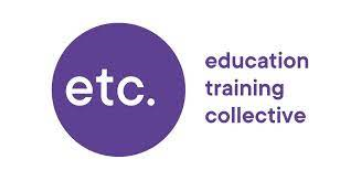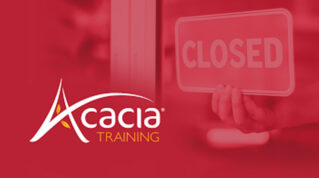A Levels were once seen as the main route into higher education (HE). Today this couldn’t be further from the truth. In 2023 over 112,000 18-year-olds were accepted into university or college without the traditional 3 A levels typically associated with application to HE.
With different qualifications opening up different pathways, students now face more options than ever before. UCAS’s Where Next: What influences the choice school leavers make? report found that post-16 choices strongly influence students’ futures, highlighting the importance of young people knowing where all pathways lead when making choices in school.
Higher education providers are increasingly recognising the value of the broad range of qualifications and the role this plays in widening access and participation. This positive shift means progression routes are now more interconnected than ever before. This gives individuals access to a variety of pathways that suit their needs and aspirations.
To support this, UCAS allocated tariff points to all regulated Level 3 qualifications in England, Wales, and Northern Ireland and SCQF Level 6 apprenticeships in Scotland in 2022. However, to date, Level 3/SCQF Level 6 apprenticeships have not carried tariff points (although in some cases, the composite qualifications may do).
We’re looking to change that. Under new proposals, UCAS is looking to allocate tariff points to Level 3/SCQF Level 6 apprenticeships across the UK, signalling that HE may offer a progression route for these individuals. And we want to hear your views.
The tariff is a simple model that allocates points based on the size and grading structure of a qualification. Over the next four weeks, we will be holding a public engagement exercise with the sector to gauge feedback on our proposed approach to apprenticeships.
Our aims are to signal to apprentices that HE may be an option for them, and to make it easier for them to engage in the process and recognise potential routes.
We recognise that this is not a silver bullet. Universities and colleges are autonomous in the qualifications they accept, and not all universities and colleges use the tariff when making offers. Many use qualifications and grades instead, and many institutions are likely to still use Accreditation of Prior Learning (APL) and Recognition of Prior Learning (RPL) when assessing a candidate’s application.
Our aim is to signal to apprentices that HE may be an option for them
Of course, not all Level 3 apprentices are considering HE either. But it is a step towards making pathways more visible. Students are at the heart of everything we do, and we want to help those with an apprenticeship understand all available options for their next steps. We will support them in understanding the route to higher education through personalised information, advice and guidance.
It is worth remembering that tariffs are only one aspect of the overall admissions process. Universities and colleges also consider a range of other factors, such as an applicants’ knowledge, skills, personal statement and references.
By promoting a greater understanding of these pathways to universities and colleges, we can support young people in progressing across the full range of post-secondary destinations. While universities and colleges are used to managing differing qualifications when making offers, the allocation of tariff points will help enhance their understanding of this route.
UCAS has an important role in supporting the growing number of individuals interested in apprenticeship opportunities. The next milestone for our apprenticeship service will be the launch of our new CV builder.
Sixty per cent of employers require a CV as part of an apprenticeship application, but many young people find creating one challenging. We also know disadvantaged applicants are initially more interested in apprenticeship opportunities but are less likely to be placed on one – with lack of support and understanding a determining factor.
This new tool will help people apply for apprenticeship vacancies by creating a high-quality CV on our website.
Our four-week public engagement seeking feedback on our proposed model for allocating tariff points to Level 3/SCQF Level 6 apprenticeships is now live. We welcome all sector stakeholder views on the model, with the engagement exercise open until Thursday 20 June. We will then review all feedback and aim to announce the outcome in the summer.
For more information and to take part, visit the UCAS website















Outstanding student loan debt over £200,000,000,000 (yes £200 billion) by March 2023. Roughly quadrupling every decade, a swiftly inflating bubble.
Biggest individual debt is £230,000 (March 2024)
Average debt now on leaving university is £44,940. Plus interest:
6.25% if you’re on Plan 1
7.8% if you’re on Plan 2
6.25% if you’re on Plan 4
7.8% if you’re on Plan 5
7.8% if you’re on a Postgraduate Loan plan
I do hope that type of information is given to those considering their options when it comes to higher education. (along with grade inflation stats over the last 30 years)